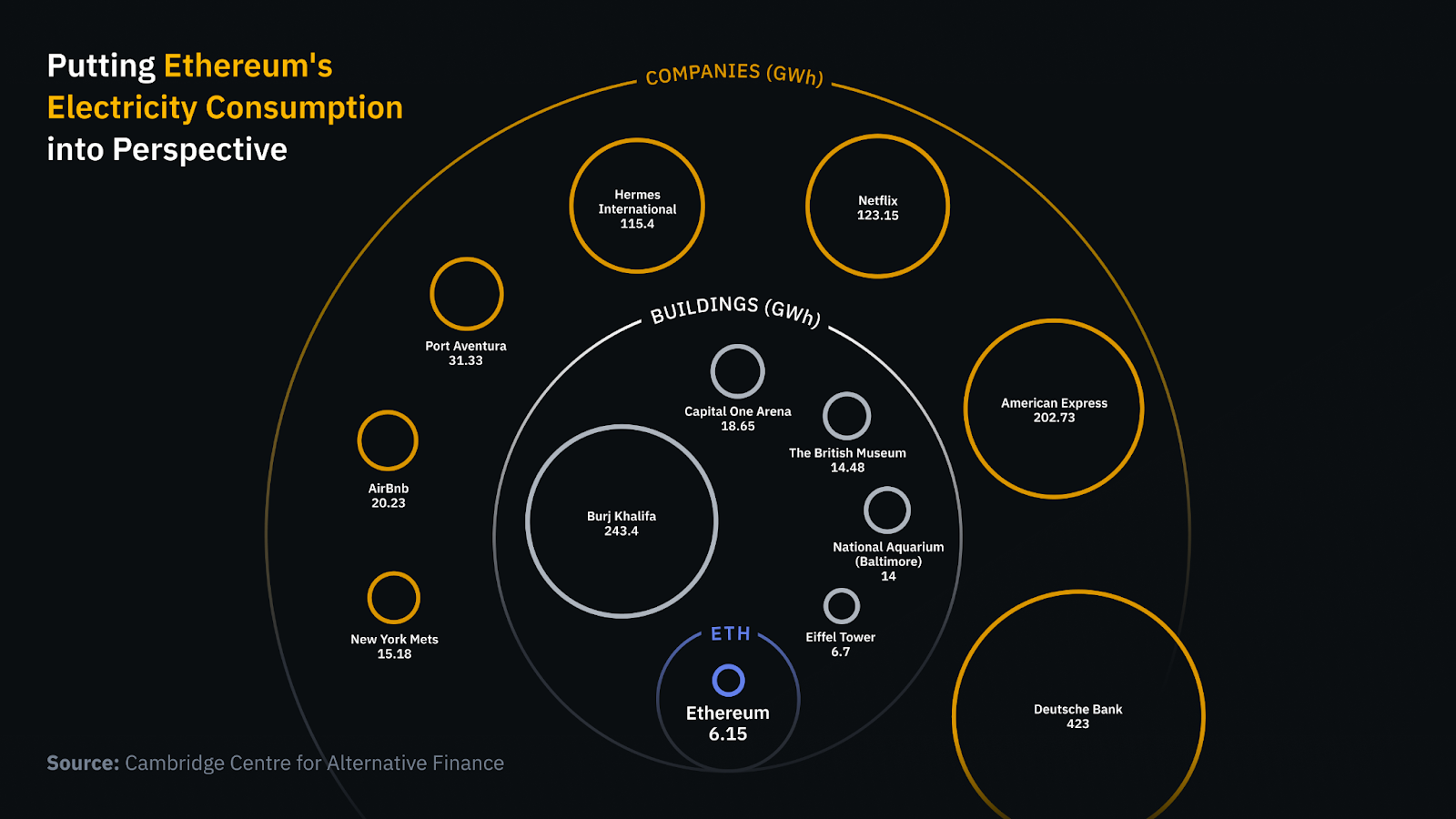2. A truly tarnished reputation
The perception of blockchain is rather unanimous, and excessively capitalistic. It is very similar — coincidentally or not — to the way it’s depicted in most media outlets. We can briefly address the main criticisms.
NFTs
- Images of JPEG cartoons being sold for several hundreds of thousands of dollars, claiming authenticity and traceability.
Yes, absolutely. This is one usage of blockchain, and it attracts a lot of attention, given the astronomical amounts transferred between collectors and traders. This refers to a specific kind of NFTs, which in turn belongs to a very specific mechanism on the blockchain (which itself is a specific type of distributed system…). In short, just as we could criticize sports betting sites on the scale of the internet, or paparazzi on the scale of photography — anecdotic practices rather than representative ones.
Cryptocurrencies
- Cryptocurrencies purely based on speculation.
Another important current use of blockchain, as is the case in traditional finance within any capitalist society. Besides, they are universal, autonomous, and independent units of measurement — globally, inclusively, and transparently accessible, potentially anonymous, without the need of third parties and with reduced fees. All while remaining resistant to censorship and to any attempt of manipulation.
Scams and bankruptcies
- Countless scams and collapses, especially of exchange platforms, thus resulting in immense losses for users.
This is true; scams are omnipresent, due to the magnitude of the amounts involved and the inherent complexity of self-custody for digital wallets. Meaning, one cannot rely on a bank, an email address, or a phone service, when they are solely responsible for their private key (see 5. A collaborative and accountable structure). This is the whole point — and the entire danger — of this freedom and autonomy.
Regarding the collapses of exchange platforms (which notably enable trading cryptocurrencies for real money, and vice versa): surprise, these were entirely centralized platforms. In other words, precisely the opposite of the intention of blockchain and decentralized systems. In most cases, these platforms excessively invested users’ funds — in the same fashion as banks or insurance companies — in a completely opaque manner. This is typically what is inconceivable on a decentralized platform. In short, a flawless demonstration of what blockchain is not.
Environment impact
- A catastrophic ecological impact.
The impact of the Bitcoin blockchain, which supports the cryptocurrency of the same name, is indeed catastrophic. This isn’t much interesting material in our case, as it isn’t meant for complex interactions, besides transferring money, unlike most other systems. For comparison, one of the most energy-intensive blockchains (Ethereum) — which opens infinitely more possibilities — consumes annually about as much electricity as the Eiffel Tower (1, 2, 3). By consume, it includes the entirety of the devices running it, along with all the operations it facilitates.
 Binance Blog. (2023). “Crypto Myths — Debunked! Part 8: The Myth That Crypto Is Bad For The Environment”. Binance. (4)
Binance Blog. (2023). “Crypto Myths — Debunked! Part 8: The Myth That Crypto Is Bad For The Environment”. Binance. (4)